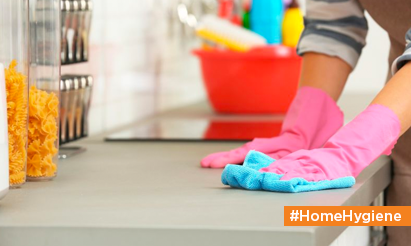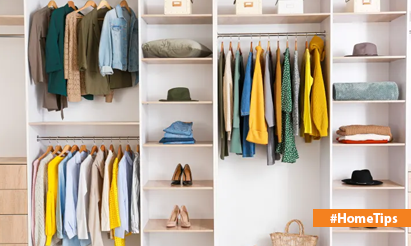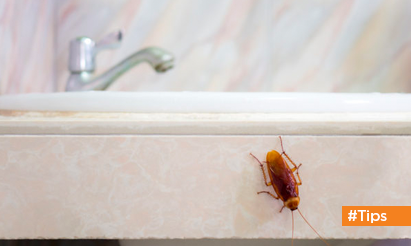Top Four Methods For Soundproofing A Room
Soundproofing is most effective in housing units constructed of light-weight materials that provide for simple sound penetration from one room to another.
Soundproofing is an excellent approach to keeping peace in a house for individuals who live in high-traffic areas or flats. Today, thanks to technology improvements, there are several soundproofing choices. There are several methods for reducing exterior noise intrusion into a space, ranging from more drywall to mass-loaded vinyl. Here are a few modern methods for soundproofing a room.
Drywall
Drywall is one of the finest techniques to reduce noise movement. The second piece of a wall added from within will attenuate sound waves in a room. But drywall should not be installed in every room. Determine which rooms have the most noise infiltration.
Drywall, also characterized as plasterboard or gypsum board, is a type of fibre that is blended with paper, fibreglass, or asbestos and then applied to the wall. These features minimise not just exterior noise but also ignitability, mildew, and water permeability. The price of drywall varies between Rs 300 and Rs 400 per piece.
Insulation
Although there are several insulating various techniques, not all of them minimise noise. The most efficient soundproofing solutions for houses and workplaces are cellulose, fibreglass, and foam insulations, which may be put on walls, roofs, and floors.
Mass-loaded vinyl
Mass-loaded vinyl is a noise-controlling material that is used to insulate surfaces, roofs, and vents. The mass-loaded vinyl is typically available in four-foot rolls and is composed of two components: vinyl, which provides flexibility, and ‘Barium Sulphate,’ which contributes to its high relative density and non-toxicity. To reduce noise, mass-loaded vinyl can be hung on the walls or spread on the floor. It can also be put between the drywall for improved effects. The typical cost of mass-loaded vinyl is between Rs 70 and Rs 80 per square foot.
Repairing the leaks
Noise may move from one place to another through holes and cracks in windows and doors. Acoustic caulks should therefore be used to seal voids, fractures, and apertures in doors and windows. Keep an eye on the roof, switch panels, glass panels, and door casings as well. To avoid noise transmission, any splits or fractures in these components should be repaired promptly.
Disclaimer: The views expressed above are for informational purposes only based on industry reports and related news stories. PropertyPistol does not guarantee the accuracy, completeness, or reliability of the information and shall not be held responsible for any action taken based on the published information.





Great article with practical soundproofing solutions for homes. The explanations are simple and easy to follow.